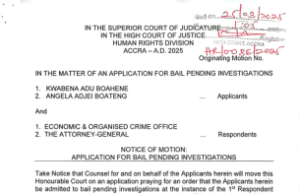A leading emergency medicine doctor has described Ireland’s overcrowded hospitals as life-threatening – as the head of the health service admitted it was “realistic” that people had died as a result of the crisis.
This year’s winter surge of respiratory illnesses, combined with a shortage of acute hospital beds, has lead to hundreds of patients waiting on trolleys in Ireland’s hospitals every day. The Irish Nurses and Midwives Organisation (INMO), which reported 438 patients on trolleys on Friday, said it had not seen January figures as bad since it started recording them in 2006.
Dr Peadar Gilligan, a consultant in emergency medicine at Dublin’s Beaumont Hospital, told Sky News the situation is serious.
“We know that from the fact that patients that attend emergency departments that are markedly over-crowded are more likely to suffer preventable death,” he said. “So it is undoubtedly dangerous, and needs to be addressed.”
‘Extremely challenging’
Dr Gilligan said conditions at Beaumont Hospital are “extremely challenging”, and that it is “very hard to find a clinical space in the ED (emergency department) to treat patients”. Staff are “distressed”, and patients and their families are “worried” about their care, he said.
Ireland’s Health Service Executive (HSE) says it is putting in place extra measures to ease the crisis, such as implementing seven-day working for hospital staff, including senior doctors, to accelerate weekend patient discharges.
But the HSE also says the current operational situation exceeds its most “pessimistic modelling”. Asked by Sky News if patients had died due to hospital overcrowding, chief executive Stephen Mulvany said it was “difficult for me to answer with any certainty” but that it is “certainly very realistic”.
He continued: “We know from a study done by the NHS that delayed admission to hospital coming through an ED is associated with additional mortality.”
The HSE’s chief clinical officer Dr Colm Henry added: “There’s a clear association with mortality with delayed admission to the ward. Whether it’s directly attributable to that, or associated because these people are already sick, with pneumonia or heart attacks or strokes or other problems, is difficult to say.
“But I’ve no problem saying that yes, delays in presentation to the ward are associated, we know, with increased mortality, and even more so, people coming to emergency departments who are delayed being seen is certainly very unsafe.”
‘It was just traumatic’
For Marie McMahon, from County Clare, the situation raises painful memories of her husband Tommy Wynne’s death on a trolley at University Hospital Limerick (UHL) in 2018. The hospital apologised after he was taken to the emergency department with a suspected stroke and spent 36 hours on a trolley, dying without being admitted to a ward.
UHL is one of the worst affected hospitals this winter, with “extreme” levels of overcrowding leading to a “major internal incident” being declared earlier this month. For Ms McMahon, it is a harrowing reminder that the conditions her husband endured in his final hours have not improved.
“It was just traumatic,” she recalls to Sky News. “There were people lying on trolleys, trolley to trolley. People screaming out for a bedpan, people being sick, people soiling themselves, people on their own in absolute agony. No privacy, no dignity, no respect.”
Five years later, Ms McMahon says that she does not blame the staff there. She now campaigns for better conditions. “Of course it makes me angry,” she says. “But I have to channel that anger into action.”
Read more on Sky News:
Lack of cover for category two ambulance calls in some areas put public safety at risk, Steve Barclay says
Ambulance workers accuse government of ‘demonising’ them to justify anti-strike laws
‘It wasn’t humane’: Family’s anger after death of woman forced to wait in ambulance for 15 hours
The major incident at UHL has since been stood down, but serious overcrowding remains across the health system.
As in the UK, ambulance turnaround times are being badly affected, as paramedics cannot complete patient handovers at the overcrowded emergency departments. The private sector is being asked to assist.
Sky News visited Ireland’s largest private ambulance service, Lifeline, at its base in Leixlip, County Kildare. Paramedics Tommy Maguire and Darragh Geoghegan were loading up their fully equipped €200,000 (about £177,000) emergency ambulance for a trip to St Vincent’s Hospital in Dublin.
Lifeline’s 28 ambulances take on patient transfer missions for hospitals, freeing up the National Ambulance Service (NAS) crews to respond to 999 emergencies, and allowing the hospitals to discharge patients faster.
“If patients don’t move out of hospitals, freeing up the beds, it’s going to get worse,” says Tommy. “It’s our role, and it’s a vital role, that we move patients as quickly and efficiently as we can, to free up the beds for those who really need them.”
With the high flu levels not forecast to peak for several weeks, and several further weeks of high case levels predicted by the HSE, there’s no sign yet of the surge abating.
Dr Gilligan sighs as he remembers “talking about this every winter for 20 years”. A former president of the doctor’s union the Irish Medical Organisation (IMO), he says it will require an additional 5,000 acute hospital beds in the system before the perennial overcrowding crisis can be consigned to history.
“My message to the HSE is simple,” he says. “We need the bed capacity to be made available.”



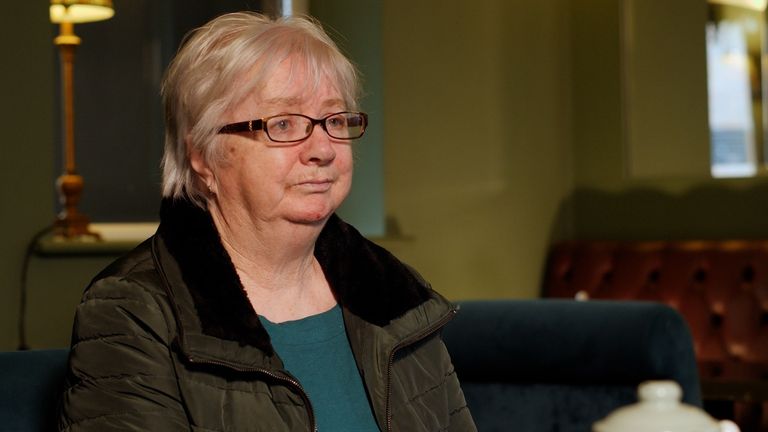
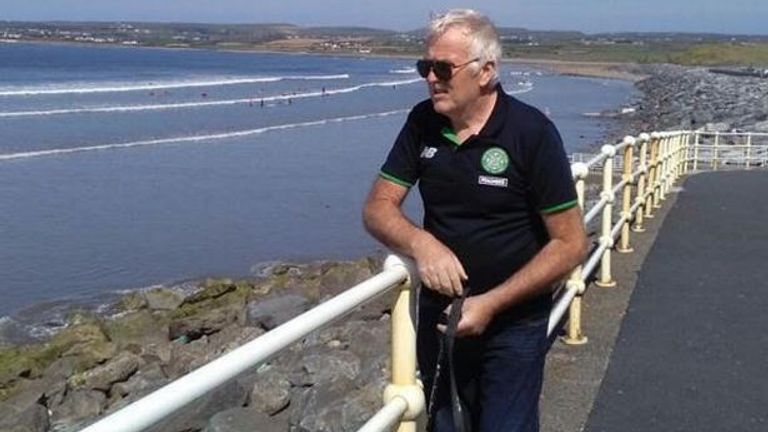
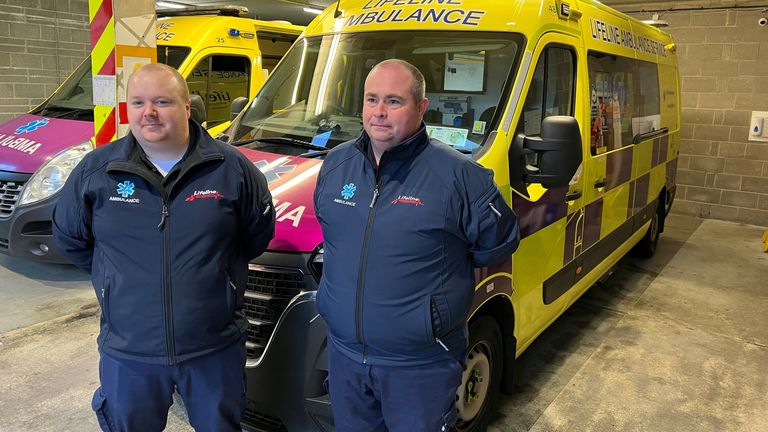


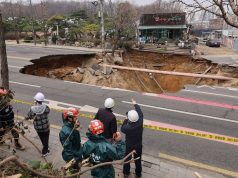



![Business tycoon in Novrongo to bury late father in a car [Video]](https://ghananewss.com/storage/2023/05/business-tycoon-100x75.jpeg)

